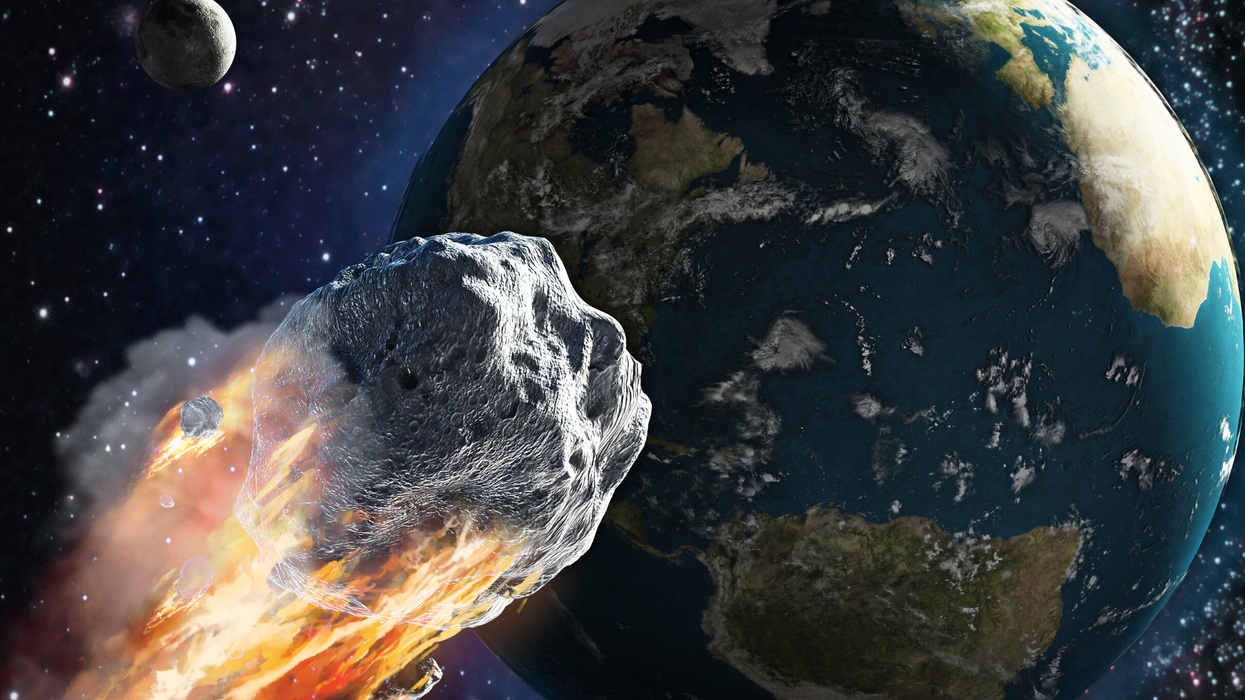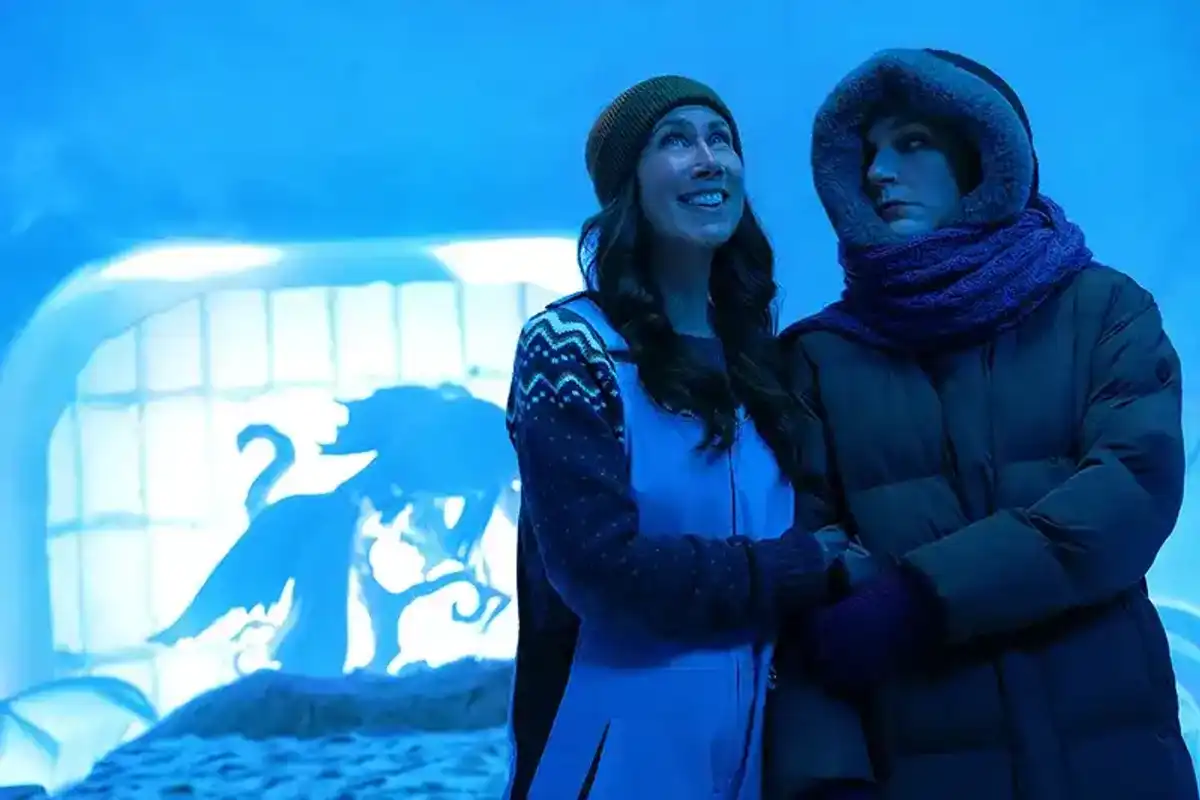
Under different circumstances, we may have been more worried about a massive asteroid flying close to the Earth.
Last week, a massive asteroid, memorably named 52768, grazed the outside of the earth – it came as close as 2.9 million miles away, which is actually very close in space terms.
This asteroid didn’t cause any damage, and a livestream of the event from the Virtual Telescope Project in Rome showed the rock flying through the sky.
But it did make us wonder...
What exactly is an asteroid?
Asteroids are minor planets, which are basically just massive rocks. They’re rarely spherical and often have craters – they are covered in dust and show no signs of life.
Currently, NASA estimates that there are nearly a million in circulation. They can generally be found orbiting the Sun between Mars and Jupiter.
Asteroids were formed during the creation of our solar system 4.6 billion years ago – the way that Jupiter was formed meant that no planets could fully form between it and its neighbouring planet, Mars. So now there’s a perpetual orbit of planetoids, or asteroids, in between the two, called an asteroid belt.
They range in size – the largest is 530 km in diameter, and the smallest is 10 metres across.
How many are there?
The only time that we do track asteroids is when they come within 5 million miles of the Earth, because there’s a chance that they could actually collide with Earth after that distance.
NASA discovers around 30 new Earth Objects every week, but we probably don’t hear about the majority of them because they don’t come close enough to attract notice. Another asteroid, the 2020 HS7 also zipped by the Earth just before 52678.
Many asteroids, as they orbit, get pulled in by another planet’s gravity and function as moons (some asteroids have their own moons). There are also two other kinds of asteroids, other than the ones which orbit around Jupiter and Mars – there’s Trojan Asteroids, which share Jupiter’s orbit around the sun, and near-Earth asteroids.
Those asteroids are the kind we’re most likely to be familiar with – they’re closer to the Earth than the sun, and there are a handful of different kinds.
Should we be scared of asteroids?
In order for an asteroid to severely impact Earth, it would have to be more than a quarter of a mile wide, which may not sound like a lot, but so far, there’s not really much to worry about – these asteroids hit Earth, on average, every 1,000 centuries.
But our technology – and our understanding of space – has progressed immensely in the last decades. Now, if an asteroid seems like it could collide with Earth, it’s likelier that we’ll have advance warning and will be able to do something about it (such as exploding the asteroid from a distance) or changing its path.
Fun fact:
Collision between asteroids and the Earth may be the reason that we even have water – scientists aren’t exactly sure, but NASA suggests that collisions from meteorites (what an asteroid is called when it collides with the Earth) and comets may have deposited the minerals necessary to start life on Earth.
Incredible.













